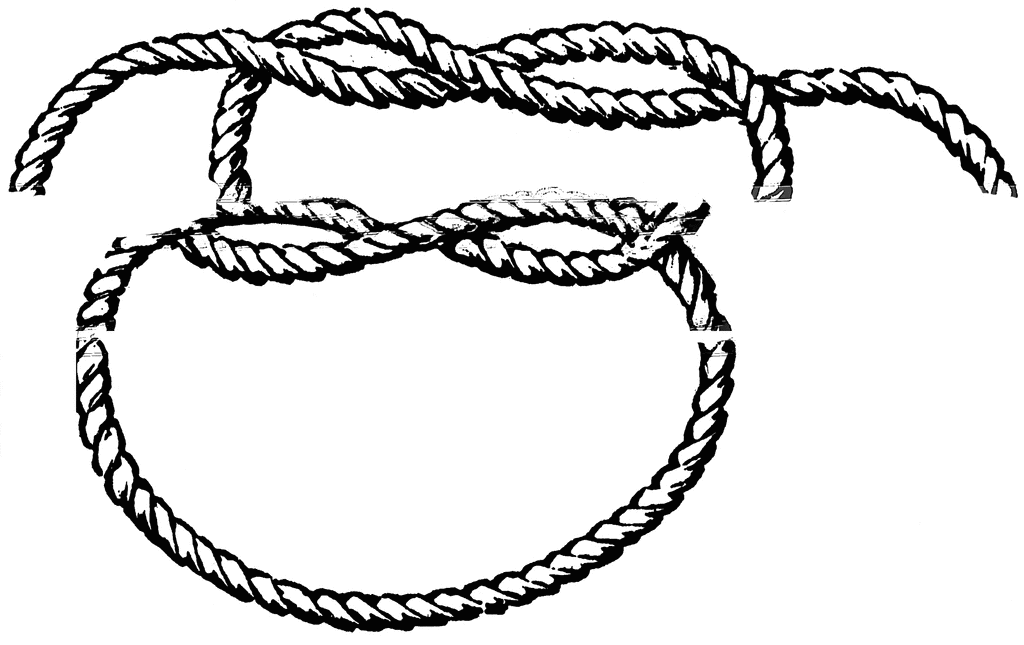
Dovetail saws cut, well, dovetails for joining pieces of wood together.Ĩ Things to Check When Shopping for a Handsaw Miter saws are used with miter boxes to cut angles in wood. Different kinds of backsaws exist for different kinds of jobs. Use a backsaw in woodworking when you need precise cuts. This allows for better control and more precise cutting than with other types of saws. Backsaws have a stiffening metal rib on the edge opposite the cutting edge. Just drill a starter hole, remove the coping saw blade, insert the blade through the hole, and reattach the blade to the handle.īacksaw. If you want to make cuts inside a piece of wood, you can do that with a coping saw, too. Because of its thin blade, you can easily change directions and still maintain a clean cut with a coping saw. The coping saw consists of a thin metal blade set between a C-shaped metal frame. If you’re wanting to cut curves and other intricate shapes, you need to bust out the coping saw. Its narrow, tapered blade goes where other saws can’t, and its teeth can chew through tough material like drywall.Ĭoping saw. The keyhole saw is good for cutting holes for pipes, electrical outlets, or fixtures in floors, walls, and ceilings. Here are a few handsaws you might consider adding to your toolbox arsenal. While the crosscut saw and rip saw will cover most cutting jobs, sometimes you need an even more specialized handsaw. Also, unlike the crosscut saw, the rip saw only cuts on the push stroke, not on the pull stroke. The chisel design ensures a clean cut as you saw along the grain. This design allows each tooth to act like a chisel that chips away small pieces of wood on each push stroke. Instead, the teeth bend left and right in an alternating pattern. Unlike a crosscut saw, the teeth on a ripsaw don’t angle backwards nor are they beveled. When you’re making a cut parallel to the direction of the grain of the wood, use a ripsaw. The crosscut saw’s design also allows the saw to cut on both the push and pull stroke. This design allows the saw to act like a knife-edge that cleanly slices through the wood’s grain. The teeth are also much smaller than those on a ripsaw. The teeth on a crosscut saw angle back and have a beveled edge. If you’re cutting across the grain of the wood, you’ll want to use a crosscut saw.

Let’s take a closer look at the differences between the two saws and when you would use them.Ĭrosscut saw. Which one you use depends on whether you plan on cutting with or against the wood grain. In the pantheon of saws, two basic designs exist: the crosscut saw and the rip saw. Crosscut Saw or Rip Sawīefore you put saw to wood, you need to determine what sort of saw you’ll need for your job. Today we’ll give a rundown on the different types of handsaws out there and tips to get you sawing like a carpenter.


 0 kommentar(er)
0 kommentar(er)
